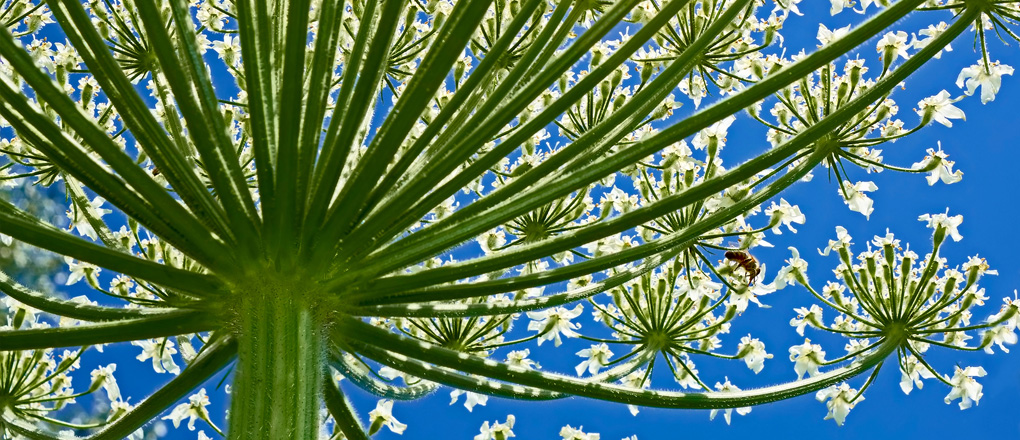
Invasive Weeds Survey
Quants can undertake Invasive Weeds Surveys throughout Yorkshire and the north of England. Our ecologists have excellent botanical identification skills, ensuring that such invasive species are not missed during initial surveys.
Schedule 9 of the Wildlife and Countryside Act 1981 lists plants which cannot be released or caused to be spread in various parts of the UK.
This legislation is vitally important to halt, reverse and slow down the spread of several highly destructive plant species, such as Japanese knotweed, Himalayan balsam and Giant hogweed.
Invasive Species
Japanese knotweed can push up through tarmac destroying foundations and car parks, and Himalayan balsam can blanket cover, smothering large areas in a very short space of time. Giant hogweed produces a series of light reactive chemicals which can be very disabling upon contact with the skin, and consequently can even cause blindness, although skin loss and severe blisters are far more common.
Typically, an invasive weed, such as Giant hogweed, will be identified as a potential constraint to development during the Preliminary Ecological Appraisal or Phase 1 habitat survey. If the plant is widespread and covering a large area a specific mapping survey may be required to establish the extent of the spread of the Schedule 9 weed and how best to eradicate or control it. A management plan to either spray, inject, bury on site or excavate and dispose to special waste will then be formulated with the client, with the best result and minimum cost kept in mind at all times.
Quants does not undertake Schedule 9 plant removal, but we can recommend tried and tested Companies in your area with suitable heavy plant to undertake whatever operation might be required.
A full list of the invasive species on Schedules 9 and 14 of the Wildlife and Countryside Act 1981 (as amended) can be found at the following links:
http://www.legislation.gov.uk/ukpga/1981/69/schedule/9
http://www.legislation.gov.uk/ukpga/1981/69/section/14
Further information and advice on invasive weeds and some of the individual species can be found on the Royal Horticultural Website:
